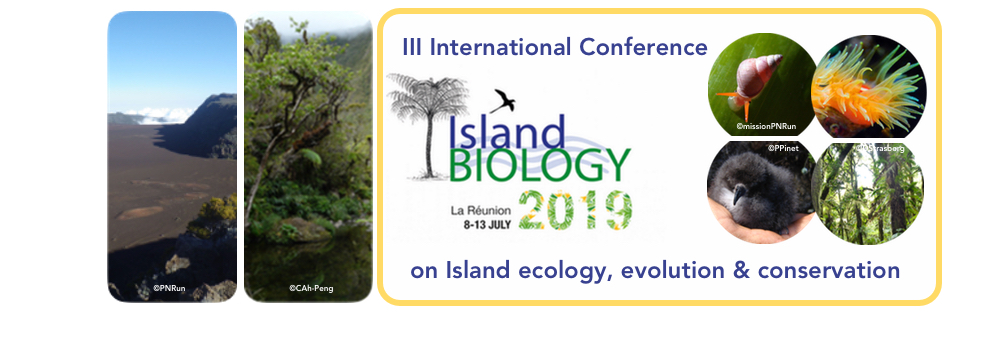New Caledonia, an archipelago in the Southwest Pacific, is renowned as one of the world's most significant biodiversity hotspot. The archipelago is also recognized as a hotpot for plants growing on metal-rich soils, as more than 70% of the endemic flora and 63% of species occur on ultramafic (i.e. metal-rich and nutrient deficient) soils. The chemical and physical adversity of ultramafic soils have driven some plants into spectacular transformations, including the evolution of trace element hyperaccumulation. The syndrome is known from many species in New Caledonia, although a systematic assessment is currently lacking. To gain insight into the full diversity of hyperaccumulation we determined metal concentrations (nickel and manganese) of the entire ultramafic flora using X-ray Fluorescence Spectroscopy (XRF) in herbarium specimens (NOU). This assessment comprises of a total of ~11 200 specimens in 35 orders, 96 families, 281 genera, 1484 species covering 88.5% of the ultramafic flora. The mass screening resulted in the recording of 92 Ni and 70 Mn hyperaccumulator taxa, belonging to 12 and 22 families respectively; confirming that New Caledonia is a hotspot for these globally rare plants. Hyperaccumulator plants are phylogenetically clustered in a few major clades, especially the Oxalidales and Malpighiales, followed by the Proteales, Gentianales and Ericales. At lower taxonomic ranks, there is a strongly unbalanced distribution of hyperaccumulators in few major families (e.g. Phyllanthaceae, Cunoniaceae), and even few genera (e.g. Phyllanthus). The disharmony of the New Caledonian flora has been ascribed to the over-representation of groups associated with ultramafic soils, which might have been accentuated by the evolution of metal accumulation syndrome in a few distinct lineages. The results of this study suggest that ecological filtering and physiological prerequisites to metal-enriched soils have been of major importance in the phylogenetic assemblage of the flora. Several distinctive biogeographical factors of New Caledonia (i.e. the extend and old age of ultramafic soils, the isolation of ultramafic massifs) might have further promoted diversification and endemism of (pre-)adapted lineages. Current lines of research aim to explore the adaptive benefit of hyperaccumulation, in particular elemental allelopathy and plant-insect interactions in selected model groups.

|
|
|
|
Functional disharmony of the flora of New Caledonia: filtering effect of ultramafic soils and metal accumulation syndrome
1 : Botanique et Modélisation de lÁrchitecture des Plantes et des Végétations
(UMR AMAP)
Centre de Coopération Internationale en Recherche Agronomique pour le Développement : UMR51-2015, Institut national de la recherche agronomique [Montpellier] : UMR931, Université de Montpellier : UMR5120, Centre National de la Recherche Scientifique : UMR5120, Institut de Recherche pour le Développement : UMR123
Bd de la Lironde TA A-51/ PS 2 34398 Montpellier cedex 5 -
France
2 : Herbarium of New Caledonia
(NOU)
Centre IRD de Nouméa B.P. A5 98848 Nouméa -
New Caledonia
3 : Centre for Mined Land Rehabilitation Sustainable Minerals Institute
(SMI-CMLR)
The University of Queensland Brisbane Qld 4072 -
Australia
4 : Laboratoire des symbioses tropicales et méditerranéennes
(LSTM)
Centre de Coopération Internationale en Recherche Agronomique pour le Développement : UMR82-2011, Université Montpellier 1, Institut National de la Recherche Agronomique, Université Montpellier 2 - Sciences et Techniques, Université de Montpellier, Institut national d’études supérieures agronomiques de Montpellier
TA A82/J - Campus international de Baillarguet 34398 Montpellier Cedex 5, France -
France
5 : Laboratoire Sols et Environnement
(LSE)
-
Website
Université de Lorraine, Institut national de la recherche agronomique (INRA) : UMR1120
2 Avenue de la Forêt de Haye TSA 40602 54518 Vandoeuvre-lès-Nancy Cedex -
France
6 : Institut Agronomique néo-Calédonien
(IAC)
* : Corresponding author
BP 73 Port Laguerre, 98890 Païta -
New Caledonia
|
| Online user: 26 | RSS Feed |

|
 PDF version
PDF version